Just in time for the beautiful season comes the Michelin guide to the best hotels in Italy, awarded with the usual rating system, from one to three, and with the new symbol of keys, already inaugurated in the first edition of the hotel guide, the French one.
Michelin and hotels
In reality, since the twenties, the Michelin guide has included a selection of hotels alongside that of restaurants, with the aim of providing a service to its customers, tire consumers who were encouraged to travel. But the turning point came a century later, give or take a year, when it was decided to structure a real hotel guide, no longer a mere additional service, but the sole protagonist. That's done: Michelin has begun to stamp its symbol on the most beautiful hospitality venues in the world, much like its fiercest competitor, The World 50 Best, which released its first hotel ranking a few months ago, beating the red guide to it (for the record: the first place was awarded to the Passalacqua hotel on Lake Como).
Currently, there are 5,000 hotels selected worldwide by Michelin, but as far as Italy is concerned, it's time to know the results of the inspectors' evaluations, highlighting the best ones, those which - just like with restaurants - "are worth the trip," according to a historic definition of the guide.
One, two, or three keys. Selection criteria
Just like for restaurants, for hotels too, the Michelin team has defined five criteria. Where in restaurants there are quality of ingredients, harmony of flavors, mastery of techniques, chef's personality, and consistency over time and across the entire menu, the five criteria for hotels are excellence in architecture and interior design; individuality, personality, and authenticity; quality and solidity of service, comfort, and maintenance; relevance of the structure within the locality where it is located; consistency between price and the experience offered. But what do the keys identify? One key: a special stay; two keys: an exceptional stay; three keys: a unique stay.
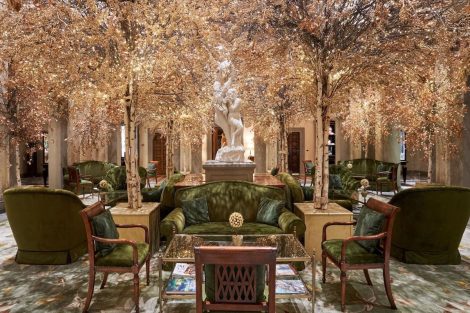
Four Seasons Hotel Firenze
The Michelin Guide hotel Italy in numbers
The Michelin Guide 2024 selection of hotels in Italy includes 8 three-key hotels, 31 two-key hotels, and 107 one-key hotels. As we will see, there are many properties linked to large international hotel groups, but just as many are independent and fully Italian, telling a slightly different type of hospitality, more intimate and personal. Each of these, however, is a model of welcome.
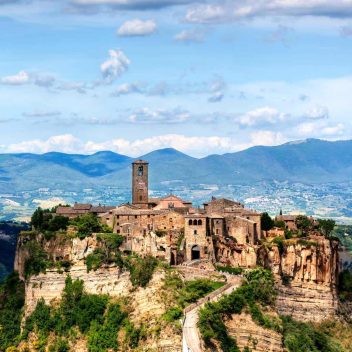
Corte della Maestà
Three-key hotels
Among the hotels offering a unique stay, which alone becomes a destination, there are some old acquaintances. On one side are historical places, like the Cipriani in Venice, now part of the Belmond group, where the young Vania Ghedini recently took over the kitchen that belonged to Riccardo Canella, under the supervision of Massimo Bottura, a historic three-star in the restaurant guide, who also puts a mark in the hotel guide, with his guest house about to become a scattered hotel, Casa Maria Luigia, where the gastronomic offer has recently expanded, entrusting Jessica Rosval with Al Gatto Verde as well. The Aman in Venice is one of the great monuments of hospitality in the Lagoon (and in the world), as is the JK Capri (but the brand is also present in Rome and Paris). Not far from the JK is the San Pietro in Positano, confirming the Amalfi Coast as one of the great destinations for high-end tourism.
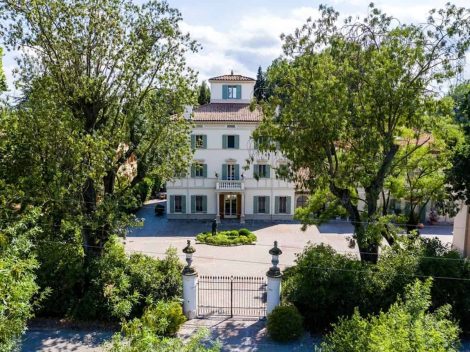
casa maria luigia
As is Tuscany, where you'll find the Rosewood Castiglion Del Bosco in Montalcino. Instead, it may be surprising to find Civita di Bagnoregio, the dying city, which has a truly unique charm but may seem somewhat off the beaten tourist track; not so: Corte della Maestà wins three keys. The presence of the Castello di Reschio in Lisciano Niccone confirms the attention that Michelin has been paying to Umbria for some time now, rewarded last year with new entries in the list of starred restaurants and - it is said - the region hosting the next awards ceremony.
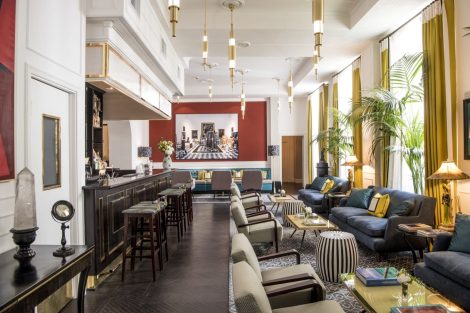
Two keys
Florence has the highest number of two-key hotels: Four Seasons Hotel (with the cuisine of Paolo Lavezzini), Palazzo Portinari Salviati Residenza D'Epoca where Vito Mollica is (formerly chef of the Four Seasons), Villa Cora, and Villa La Massa. In Milan, there are the Bulgari, Grand Hotel et de Milane, the Portrait by Lungarno Collection, Ferragamo group. Following are Amalfi with Borgo Santandrea and Hotel Santa Caterina, Rome with Vilòn (where Gabriele Muro offers his cuisine inspired by Procida, a great cocktail bar, and many initiatives for customers) and JK Place. In Taormina, the big international names win hands down with the Grand Hotel Timeo of the Belmond group and the San Domenico Palace of the Four Seasons Hotel, in Sorrento there are Bellevue Syrene 1820 and La Minervetta.
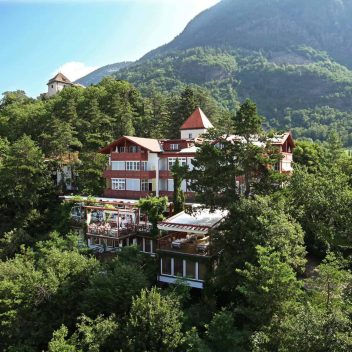
Castel Fragsburg
Also two in Merano: Castel Fragsburg and Villa Eden The Leading Park Retreat. Then we find Hotel Gritti Palace in Venice again, Castello di Casole, A Belmond Hotel in Siena, Il Sereno in Torno on Lake Como, Grand Hotel Tremezzo, and Therasia Resort in Vulcano (with two great restaurants: Cappero and Tenerumi, both awarded a star), Capri Palace Jumeirah, Borgo San Felice in Castelnuovo Berardenga, Bellevue Hotel & Spa in Cogne, EALA My Lakeside Dream in Limone sul Garda, Grand Hotel Victoria in Menaggio, Forestis Dolomites in Plose, Castelfalfi in Montaione, I Borghi dell'Eremo in Piegaro, Lefay Resort & Spa Dolomiti in Pinzolo.
One-key hotels
One-key hotels are distributed throughout the territory, with the big cities dominating the scene: 14 addresses in the Capital, including many siblings of higher-ranking structures (like the Maalot, from the same family as Vilòn, Bulgari, and others), 8 in Florence and Venice, and 3 in Milan; with some surprises: only one key for Passalacqua, which in the 50 Best Hotel is the first hotel in the world. Large cities, tourist resorts, pleasant places, and perhaps unexpected ones, form a map of the Italian good life, even as tourists.

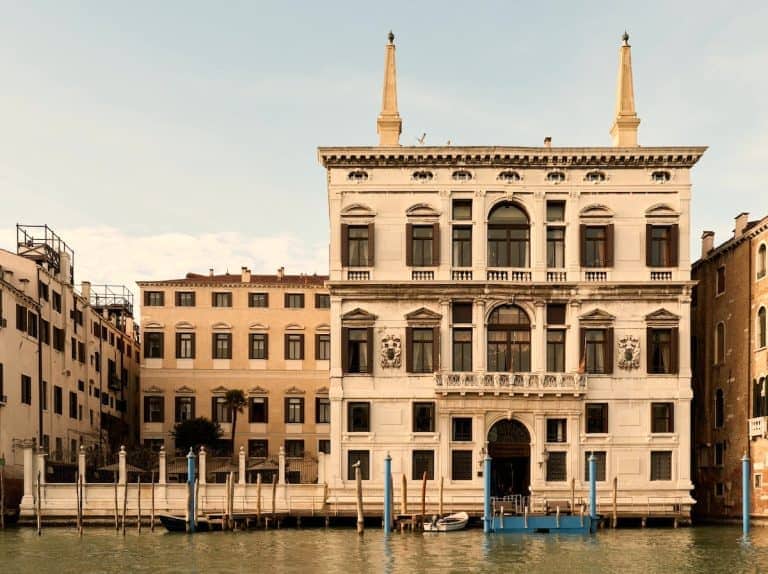
 Meloni: "Tariffs? If necessary, there will be consequences. Heavy impact on agri-food sector"
Meloni: "Tariffs? If necessary, there will be consequences. Heavy impact on agri-food sector" The Government honours the greats of Italian cuisine, from Bottura to Pepe. Massari: "Thank you, Meloni, the only one who listened to us"
The Government honours the greats of Italian cuisine, from Bottura to Pepe. Massari: "Thank you, Meloni, the only one who listened to us" "We must promote a cuisine that is not just for the few." Interview with Massimo Bottura
"We must promote a cuisine that is not just for the few." Interview with Massimo Bottura Wine was a drink of the people as early as the Early Bronze Age. A study disproves the ancient elitism of Bacchus’ nectar
Wine was a drink of the people as early as the Early Bronze Age. A study disproves the ancient elitism of Bacchus’ nectar "From 2nd April, US tariffs between 10% and 25% on wine as well." The announcement from the Wine Trade Alliance
"From 2nd April, US tariffs between 10% and 25% on wine as well." The announcement from the Wine Trade Alliance






